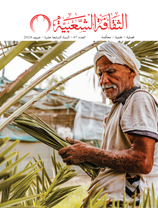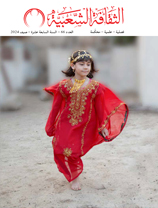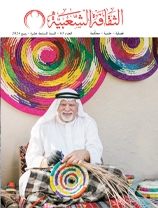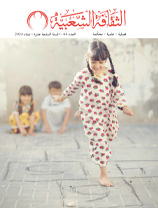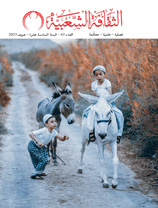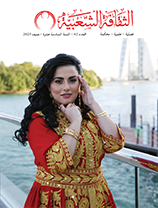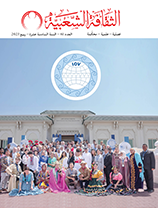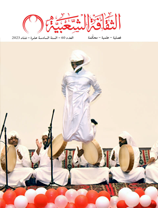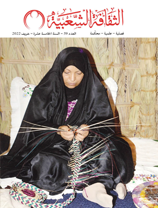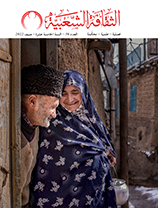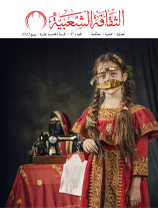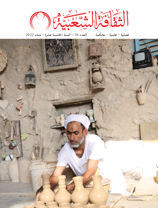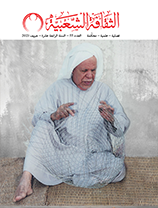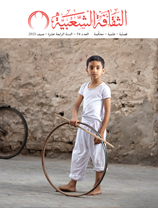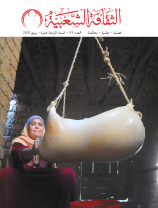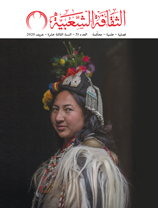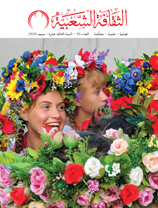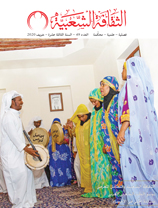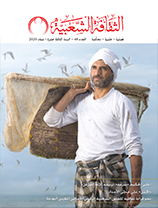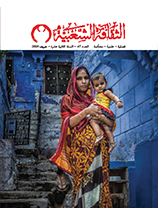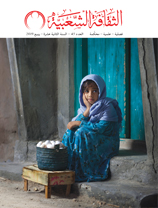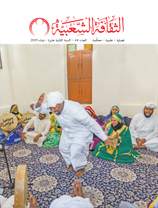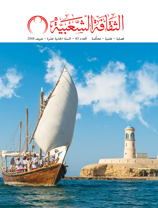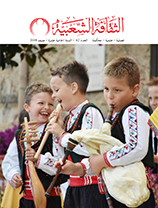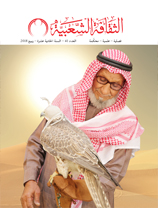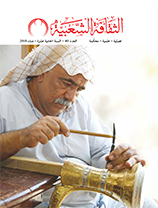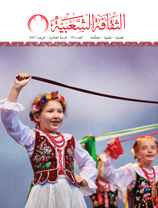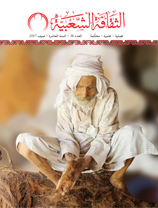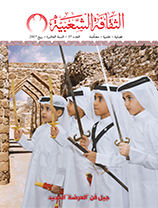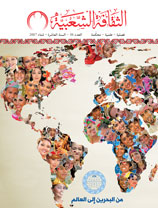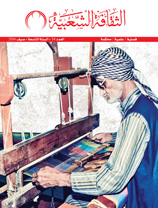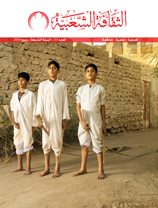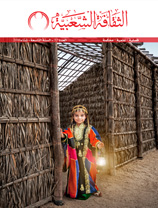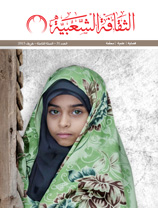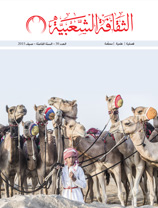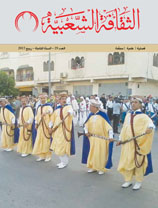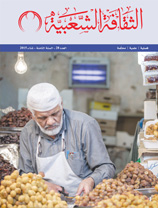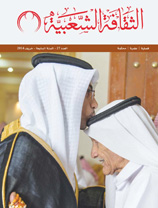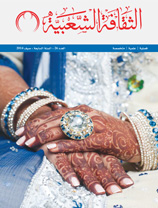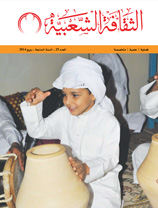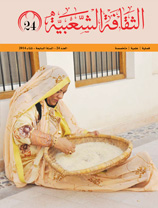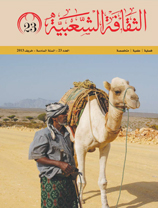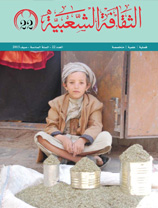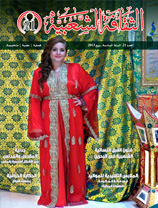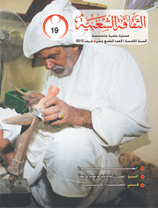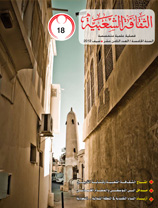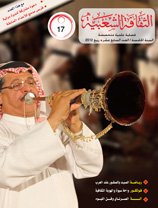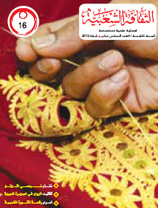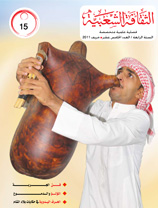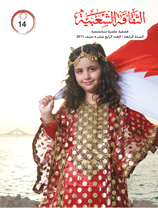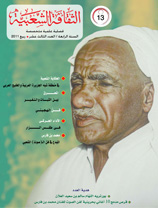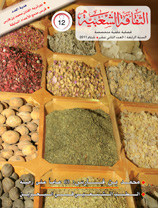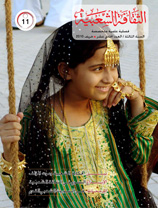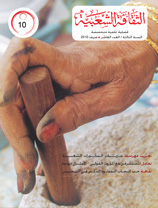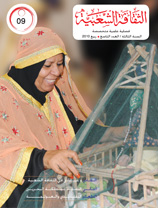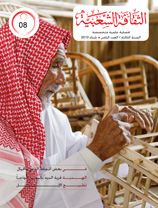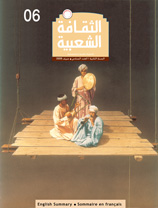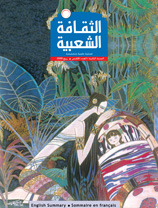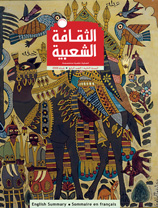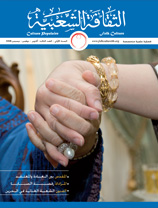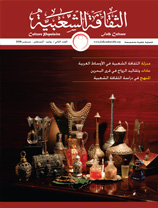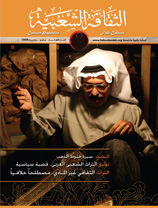Egyptian Jewelry A treasure for rich people and a decoration for poor
Issue 6
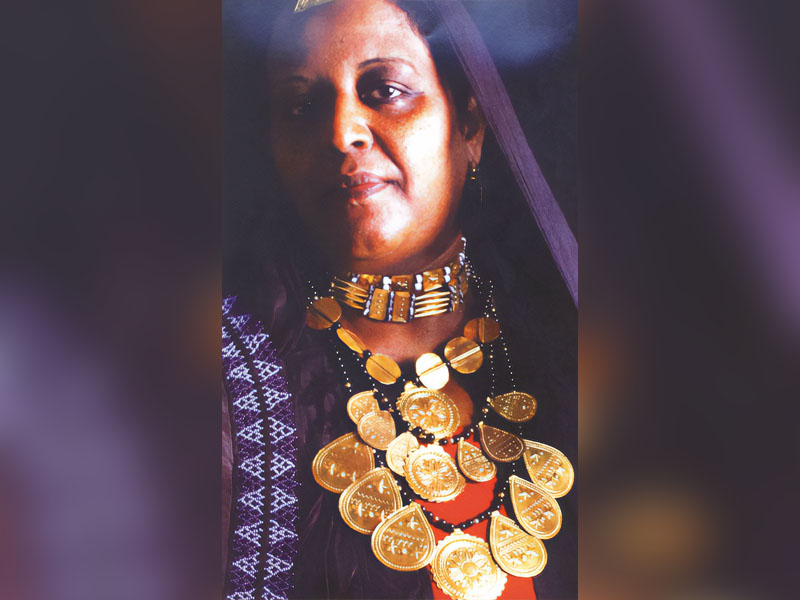
Achraf Awiss - Egypt
The consumption of gold arrived in Egypt, according to the statistics of the gold World Council in 2001 to 120 tons of pure gold in 24-carat per year, 7% of which are used in the jewelry industry for the popular class and peasants, then comes the most valuable jewelry, which goes to the wealthy class presented in forms and designs more varied and richer. The researcher sheds lights on the map of the Egyptian jewelry, according to the region of gold artifacts and to the method of manufacture, as the details are many and differences are very large. Each region in Egypt has its personality, characteristics, and identity that distinguish it from other areas of the rest. Furthermore, the historical origins, ethnic, the environment of the place, and the form of fashion, are all the parameters that contribute to the identification of all the features of the jewelry district, and on this basis, the Egyptian jewelry can be divided into the following three main types: Nubian jewelry, desert jewelry, and the popular and farmers jewelry. The researcher cites that Nubian jewelry is a folkloric cultural phenomenon unique of its kind, which expresses the real customs and rituals of the people of the Nuba. The reasons that led to the emergence of distinctive forms and themes in the Nubian jewelry, go back to the ancient time where the ancient Egyptians where we could see that impact in the way to wear the earrings (loops) .. As for the Islamic influence, we notice that the croissant form represent a major feature of many pieces of Nubian jewelry.. It is sometimes mediating the necklace or, in most cases the earrings are croissant in the form. The reason for this may be due to the Ottoman Turks when they ruled Egypt sent the military sent teams to various areas of the Nuba, and each team was flagged by the Ottoman flag mediated by a large croissant, and then the symbol of “flag” enters as an aesthetic form in their decoration. The Christian influence also seems evident in the large jewelry used by the Nubians of “Fadgta”, most notably “The Story of Rahman”, a triangular piece of gold put on the front wearied by married women only.. This piece is similar to the Red Cross, who wore by the European women on their fronts during the middle Ages, and there is also a “razan bracelet”, a collection of beads units similar in its composition to the Byzantine bracelet. It is also obvious the impact of African jewelry on Nubian jewelry through ways to wear a nose earring so-called “zamam”, a piece of common and widespread use among Nubian women. Jewelry plays an important role in the ritual of Nubian marriage, the most important occasion in the Nubian society, and the jewelry is the key component of the bride price.. As part of the dowry consisted of cash provided in a sealed envelope, and partly in the form of gold jewelry, silver.. They are presented in public in front of the people so that everyone sees, and in a special ceremony at the manifestations of each tribe. The designs of the desert Jewelry are simple and even primitive, with one exception in that represented by the oasis of Siwa. Perhaps due to lack of natural resources that affect the manufacturers, or perhaps the lack of attention to the jewelry by Bedouin and their families since ancient, making manufacturers send their products and creativity to the demand areas for gold and jewelry, the more affluent areas in the Nile Delta and on the banks of its river. The ornaments and jewelry popular farmers are characterized by carefully manufactured, richness of detail, and accuracy of the linkages between components, in flat or three-dimensional jewelry pieces.. Usually they are light in weight so that a reasonable price.. In such a jewelry, we see the impact of the Egyptian environment and rural and folk culture clearly.. Designs are inspired by leaves, the eyes of girls, or a broad river flowing.





